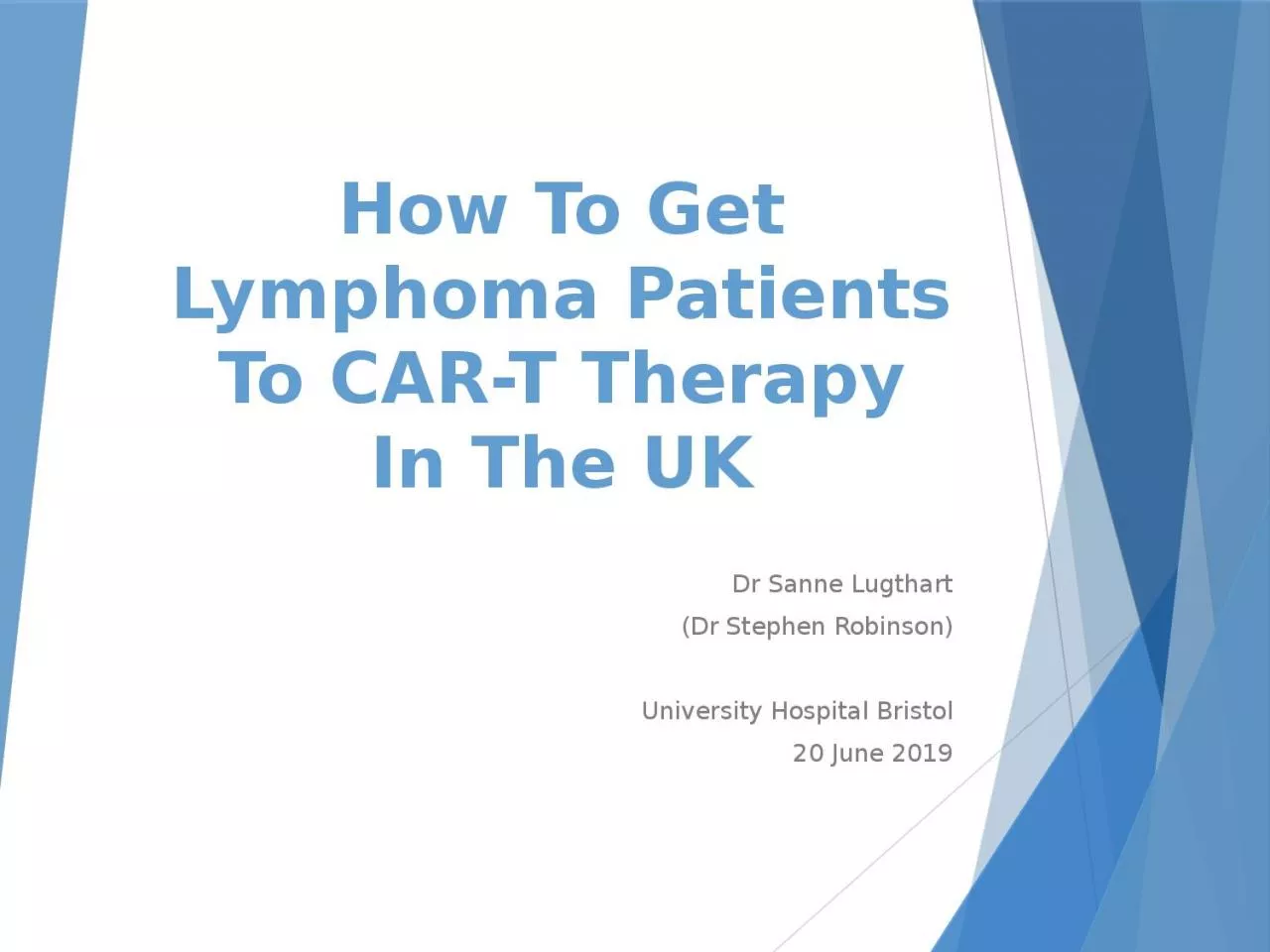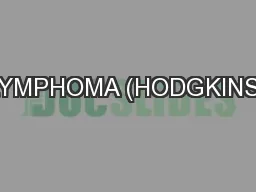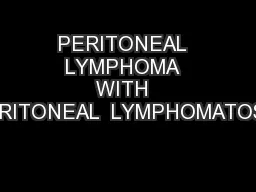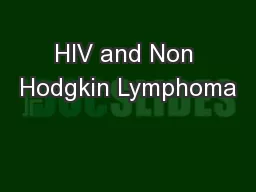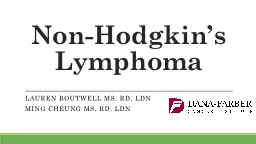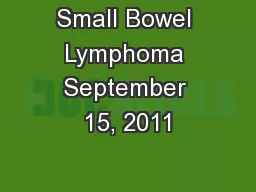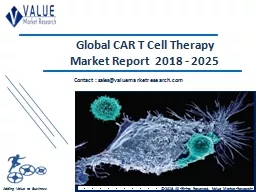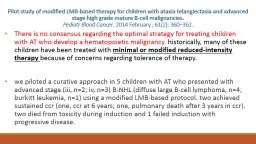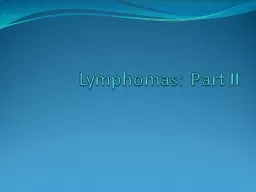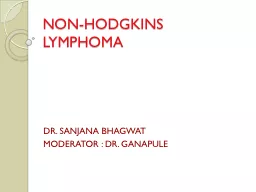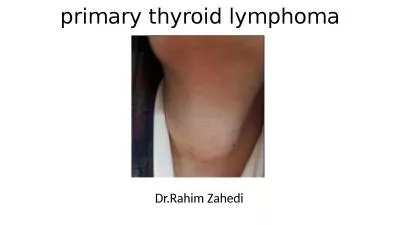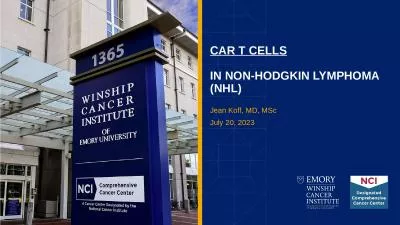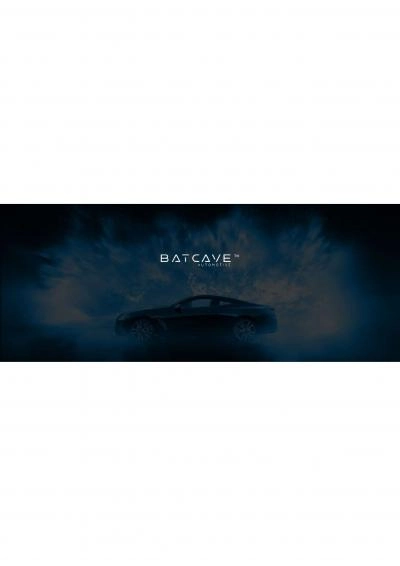PPT-How To Get Lymphoma Patients To CAR-T Therapy In The UK
Author : vivian | Published Date : 2023-05-20
Dr Sanne Lugthart Dr Stephen Robinson University Hospital Bristol 20 June 2019 Scope Of Talk Current CAR T products available for NHS patients The CAR T pathway
Presentation Embed Code
Download Presentation
Download Presentation The PPT/PDF document "How To Get Lymphoma Patients To CAR-T Th..." is the property of its rightful owner. Permission is granted to download and print the materials on this website for personal, non-commercial use only, and to display it on your personal computer provided you do not modify the materials and that you retain all copyright notices contained in the materials. By downloading content from our website, you accept the terms of this agreement.
How To Get Lymphoma Patients To CAR-T Therapy In The UK: Transcript
Download Rules Of Document
"How To Get Lymphoma Patients To CAR-T Therapy In The UK"The content belongs to its owner. You may download and print it for personal use, without modification, and keep all copyright notices. By downloading, you agree to these terms.
Related Documents

